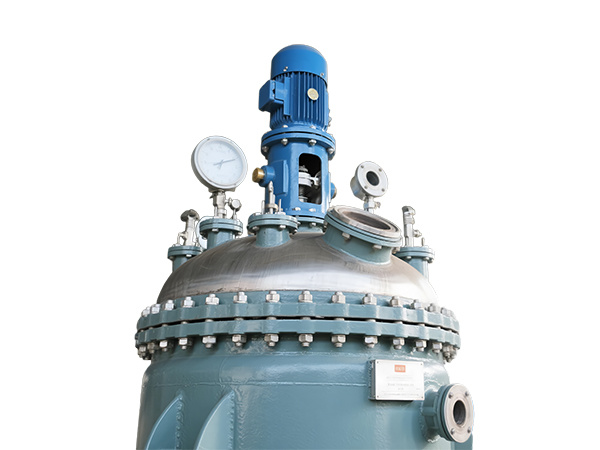





Electrode vacuum boiler
Classification:
- Description
-
Three-phase electrodes are fixed at a 120° angle inside the electrode tube and immersed in a heat medium water with a certain conductivity. After the three-phase electrodes are energized, they directly heat the heat medium water. Under the action of the current, the heat medium water is rapidly heated and vaporized into heat medium steam. The steam rises to the outside of the heat exchanger tube, transferring heat to the cold water inside the heat exchanger tube, and outputting hot water or steam. The heat medium steam condenses into water droplets and returns to the heat medium water to be reheated and vaporized, completing the entire cycle. During the operation of the unit, the heat medium water is sealed in the cylinder and continuously undergoes vaporization-condensation-vaporization reciprocating cycles, realizing the conversion of electrical energy into thermal energy.
Constant conductivity: The most difficult thing to deal with in electrode boilers is how to keep the conductivity of the heat medium water within the allowable range. Too high conductivity easily leads to high-voltage arcing and tripping, while too low conductivity cannot reach the rated load. Therefore, controlling the conductivity of the heat medium water is the key to operating an electrode boiler properly.
Three-phase balance: Three-phase imbalance generates zero-sequence current, and there is zero-sequence voltage at the neutral point (casing is energized). The zero-sequence current is required to be less than 9 amperes, and the grounding resistance is less than 4 ohms.
Three-phase electrodes A, B, and C are fixed at a 120° angle inside the electrode tube and immersed in a heat medium water with a certain conductivity. After the three-phase electrodes are energized, they directly heat the heat medium water. Under the action of the current, the heat medium water is rapidly heated and vaporized into heat medium steam. The steam rises to the outside of the heat exchanger tube, transferring heat to the cold water inside the heat exchanger tube, and outputting hot water or steam. The heat medium steam condenses into water droplets and returns to the heat medium water to be reheated and vaporized, completing the entire cycle. During the operation of the unit, the heat medium water is sealed in the cylinder and continuously undergoes vaporization-condensation-vaporization reciprocating cycles, realizing the conversion of electrical energy into thermal energy.
Related Products
Product inquiry
We will contact you within one working day. Please pay attention to your email.








